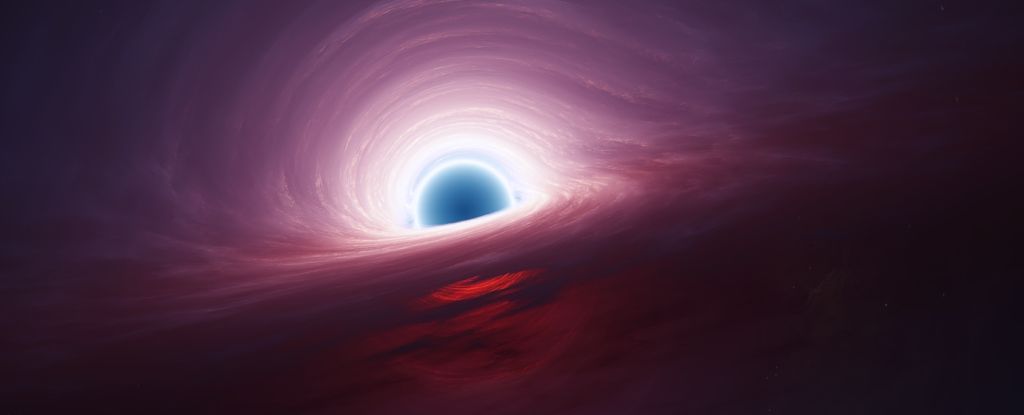
Astrophysicist Cosimo Bambi from Fudan University in China has proposed an ambitious plan to send a spacecraft to study a black hole, aiming to unlock the secrets of these enigmatic cosmic entities. The initiative represents a significant leap in our approach to understanding black holes, which are notoriously difficult to study due to their immense gravitational pull that prevents light from escaping.
Black holes are among the most intriguing objects in the Universe, and current knowledge about them is limited. The conventional methods involve observing their effects on surrounding matter and light. Bambi believes that an interstellar mission could provide unprecedented insights into black holes and their fundamental properties. “I was looking for some completely new way to study black holes,” he stated in an interview with ScienceAlert, adding that no one had previously considered a direct mission to one.
Aiming for the Closest Black Hole
The closest known black hole to Earth is located approximately 1,565 light-years away, a distance that poses significant challenges for exploration. Nevertheless, Bambi suggests that there may be undiscovered black holes much closer, potentially within 20 to 50 light-years of the Solar System. These elusive objects are difficult to detect when they are not actively consuming matter, but advances in astronomical technology may soon enhance our ability to locate them.
Bambi emphasizes the importance of finding a suitable target for the mission. “If there is a black hole within 20 to 25 light-years of the Solar System, we can develop the technology for such a mission,” he explained. If the target is further away, the technological requirements would become increasingly complex, which could hinder the feasibility of the project.
Technological Hurdles and Mission Design
The technological capabilities required for this mission are still in their infancy. Bambi envisions a spacecraft capable of reaching speeds up to one-third of the speed of light. The journey would commence with Earth-based laser propulsion, transitioning to solar or stellar power as the craft approaches its destination. Given the vast distances involved, a round trip could take around 70 years to reach the black hole, followed by an additional 20 years for data transmission back to Earth.
Bambi proposes deploying multiple probes around the black hole, allowing for detailed measurements and tests of its gravitational field. “Two or more probes orbiting around the black hole would be the best option,” he stated. Such a setup would enable communication and data collection that could significantly enhance our understanding of black hole physics.
The potential findings from this mission could reshape our understanding of fundamental physics, particularly the theory of general relativity. Bambi hopes to observe any deviations from established predictions, which could lead to breakthroughs in theoretical physics. “I would hope to observe deviations from the predictions of general relativity and some clues to develop a theory beyond general relativity,” he said.
Bambi’s proposal has been published in the scientific journal iScience and reflects a vision that, while ambitious, is not without precedent in the realm of scientific exploration. He draws parallels with past discoveries that were once deemed impossible, such as the detection of gravitational waves and the imaging of black holes.
In summary, this innovative proposal by Cosimo Bambi could pave the way for a new era in astrophysics, offering a direct look at black holes and the extreme conditions that govern them. The endeavor highlights the importance of planning for future scientific missions, even as we continue to search for the nearest black holes in our cosmic neighborhood.







